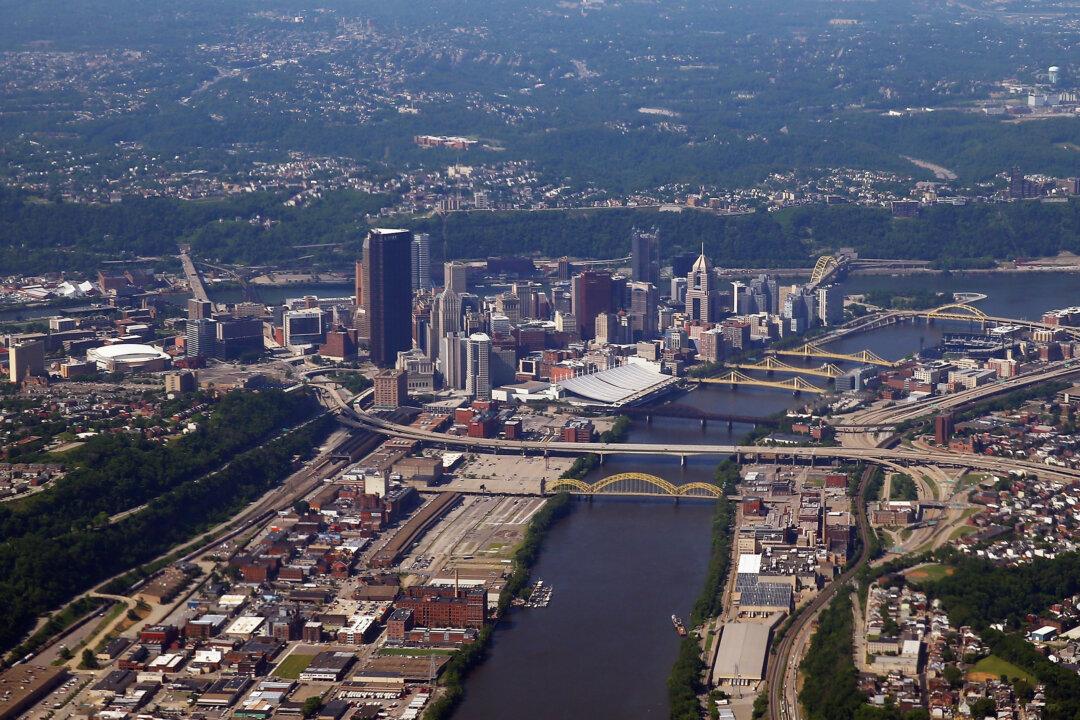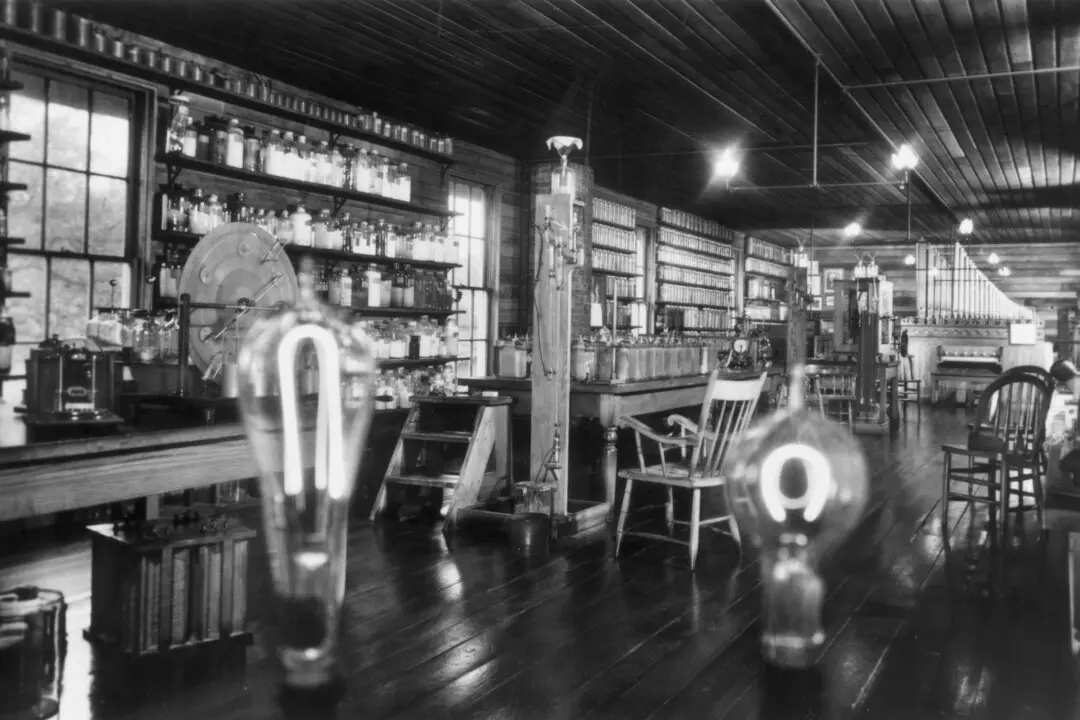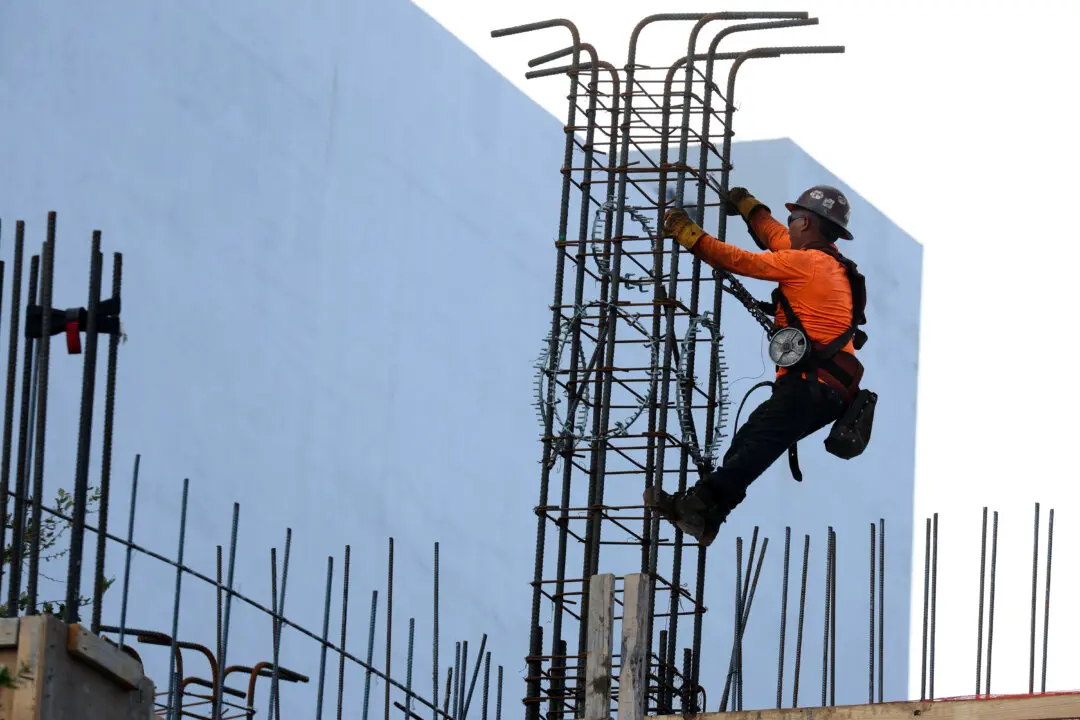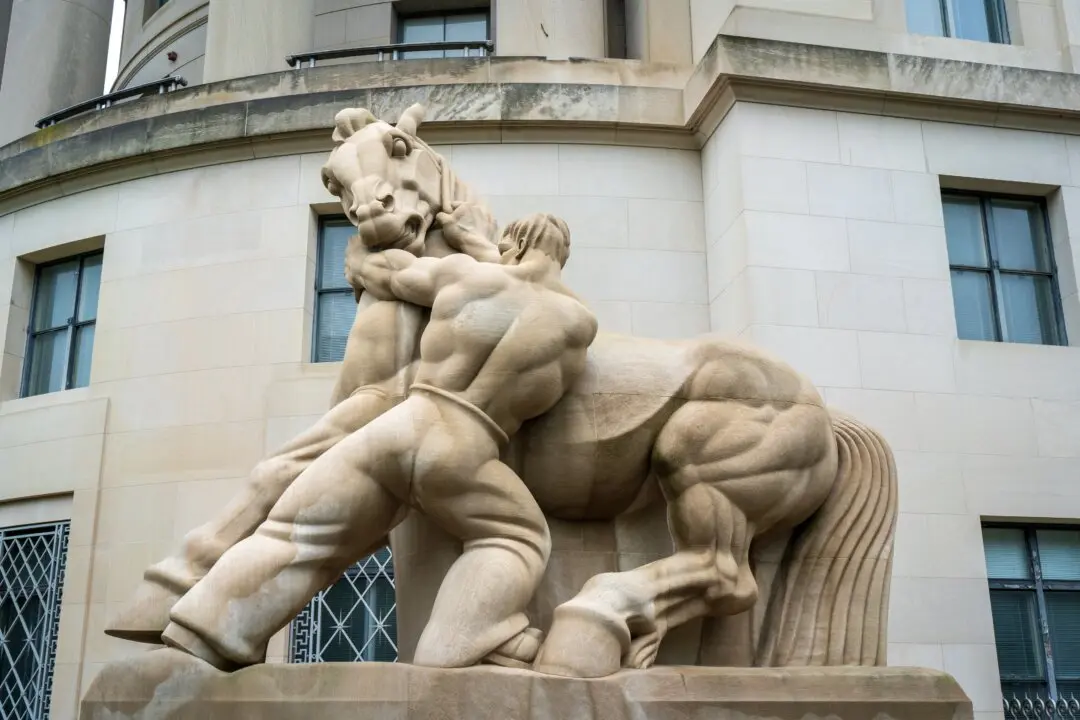Commentary
The thrill of driving into Pittsburgh never quite dissipates. The bridges, the rivers, the hills, and, above all else, the massive amounts of steel everywhere that just shout “productivity!” I just returned again to the city I’ve visited over many years, for the annual Brownstone Institute conference and gala, and the whole feeling came back, all over again, but even more so than ever.





